By Adam Crawley and Elizabeth Bemiss on behalf of the CLA Diversity, Equity, and Inclusivity CommitteeWe are living and navigating in troubling times. Across the country, educators (e.g., K-12 teachers, librarians, teacher educators, etc.) experience censorship of and challenges to texts that center historically marginalized races, ethnicities, sexual orientations, gender identities and expressions, and other ways of being. In several states (e.g., Florida, Georgia, Utah), legislation explicitly restricts such representations and discussions in K-12+ schools. Simultaneously, cities across the country are supporting newcomers bussed from the U.S.-Mexico border, and schools and libraries specifically are trying to aid these families with daily needs (e.g., food, shelter) and other aspects (e.g., school transitions, providing books in Spanish). Meanwhile, unrest in Africa, the Middle East, and Ukraine continue to weigh heavily on many of our minds and hearts; mass shootings in schools and other public settings remain prevalent; and the upcoming 2024 U.S. Presidential election causes increased tension across politically opposed ideologies. In the midst of all of this, we want to retain hope. We also know that reading and discussing children’s literature with youth can be vital for promoting social justice. To support educators’ on-going work - and in the spirit of Valentine’s Day week - we asked 2023 and 2024 CLA Diversity, Equity, and Inclusivity (DEI) Committee members to share about books they “love” for their representation and ability to foster DEI work. While we recognize that no single book can address all of the world’s current complexities, we hope the recommendations in this list are helpful resources and provide a sense of solidarity for your own contexts.
Jo Jo Makoons Series by Dawn Quigley, illustrations by Tara Audibert (Heartdrum) Native Americans have a great love of laughter. In this series, author Dawn Quigley (Turtle Mountain Band of Ojibwe) introduces a spunky seven-year-old named Jo Jo Makoons who lives on an Ojibwe reservation. Jo Jo’s worldview is truly one-of-a-kind as she learns to be friendly, fancy, and imaginative. I love Jo Jo’s hilarious adventures, which are similar to a younger Amelia Bedelia experience. Readers will meet Jo Jo’s Ojibwe family and community (and her pet cat Mimi) as she moves through contemporary, everyday events. Illustrator Tara Audibert (Wolastoqiyik First Nation heritage) adds her comical, cartoon-style artwork to each story in the series. First and second-grade readers will make connections with Jo Jo’s realistic experiences, her feelings in those situations, and learn how she solves her problems. These books are upbeat and humorous, making them a very enjoyable read. (contributor: Andrea M. Page Hunkpapa Lakota)
These poignant and powerful texts that are well loved by CLA DEI committee members illuminate many issues surrounding diversity, equity, and inclusion. These texts speak to issues of race, gender, heritage, and sexual orientation, to name a few, and could be used in the classroom to evaluate the impact of stereotypes or assumptions, to face and dismantle racism, to highlight the value of kindness, or to provide a realistic portrayal of diversity for readers to see themselves and their lived experiences represented in texts. As delineated in the CLA Bylaws, the DEI committee encompasses a steadfast commitment to diversity, equity, and inclusivity within CLA: "The Diversity, Equity, and Inclusivity Committee Chair and members shall help ensure CLA’s commitment to issues of diversity, equity, and inclusivity. The committee shall help create and/or review CLA policies and position statements shared with CLA members and/or the greater public. The committee shall work with membership and nominating committees for recruitment as well as help distribute calls for CLA-related applications. Committee members shall also serve as resources for CLA Standing Committee Chairs when they are developing materials and programs." For more information about the DEI committee, please contact committee chairs Adam Crawley ([email protected]) or Elizabeth Bemiss ([email protected]). Adam Crawley is an Assistant Teaching Professor in the School of Education at the University of Colorado-Boulder. He serves as the 2023 and 2024 CLA DEI Committee chair. Elizabeth Bemiss is an Associate Professor in the School of Education at the University of West Florida. She is a CLA Board Member and chair of the 2023 and 2024 CLA DEI Committee. By Mary Ann Cappiello, Xenia Hadjioannou, and Melissa Stewart We are fortunate to be in the midst of a golden age for nonfiction literature for young people. Today’s nonfiction pushes boundaries in form and function, and its creators write about an ever expanding array of topics. In these books, young people encounter well-researched and nuanced explorations of cutting edge scientific discoveries, underexplored moments throughout history and in our current time, compelling accounts of historically marginalized and minoritized communities and perspectives, and more. As we advocated in our February 14, 2022, letter to The New York Times, #KidsLoveNonfiction! Indeed, several researchers investigating the reading habits and preferences of young children report that, when given the opportunity to self-select, the majority of children enjoy nonfiction as much as or more than fiction (Correia, 2011; Ives et al. 2020; Mohr, 2006; Repaskey et al., 2017). Yet, adults often assume that young people would rather read fiction, and are therefore hesitant to make nonfiction titles available to children or to devote time to exploring nonfiction with the young people in their lives. As the school year begins, we want to remind all adults who are involved in the reading lives of children that:
To raise awareness of the potential of nonfiction books to empower young people by feeding their interests and creating pathways to their passions, we’ve created the flyer 10 Ways to Discover & Share Nonfiction with Young People this Fall. We hope it will find its way onto classroom walls, library displays, and home fridges and inspire teachers, librarians, parents, and all people who read with children. Have a wonderful school year!
References Correia, M. P. (2011). Fiction vs. Informational Texts: Which Will Kindergartners Choose? Young Children, 66(6), 100–104. Ives, S. T., Parsons, S. A., Parsons, A. W., Robertson, D. A., Daoud, N., Young, C., & Polk, L. (2020). Elementary Students’ Motivation to Read and Genre Preferences. Reading Psychology, 41(7), 660–679. https://doi.org/10.1080/02702711.2020.1783143 Mohr, K. A. J. (2006). Children’s Choices for Recreational Reading: A Three-Part Investigation of Selection Preferences, Rationales, and Processes. Journal of Literacy Research, 38(1), 81–104. https://doi.org/10.1207/s15548430jlr3801_4 Repaskey, L. L., Schumm, J., & Johnson, J. (2017). First and Fourth Grade Boys’ and Girls’ Preferences For and Perceptions About Narrative and Expository Text. Reading Psychology, 38(8), 808–847. https://doi.org/10.1080/02702711.2017.1344165 Mary Ann Cappiello teaches courses in children’s literature and literacy methods at Lesley University, blogs about teaching with children’s literature at The Classroom Bookshelf and Text Sets and Trade Books, and is a founding member of The Biography Clearinghouse. She is a former chair of NCTE’s Orbis Pictus Award for Outstanding Nonfiction K-8. Xenia Hadjioannou is associate professor of language and literacy education at the Berks campus of Penn State University. She is vice-president of CLA and co-editor of the CLA Blog. She is a founding member of The Biography Clearinghouse. Melissa Stewart is the award-winning author of more than 200 science-themed nonfiction books for children and co-author of 5 Kinds of Nonfiction: Enriching Reading and Writing Instruction with Children’s Books. Her highly-regarded website features a rich array of nonfiction writing resources. By Ted Kesler I have just completed my position as chairperson of the NCTE Poetry and Verse Novels for Children Committee. Our list of notable poetry and verse novels that were published in 2021 as well as other information about the award can be found on the NCTE Award for Excellence in Poetry for Children page. In this blog post, I discuss three notable poetry books from this list that promote advocacy and provide lesson plan ideas to do with children. Photo Ark ABCPhoto Ark ABC: An Animal Alphabet in Poetry and Pictures, poetry by Debbie Levy and photos by Joel Sartore (National Geographic Kids, 2021). The diverse and playful poetry forms in Photo Ark ABC oscillate with vibrant pictures to create fascination with each animal that is represented. Here is one example:
The book is part of the Photo Ark Project, that aims to “document every species living in the world’s zoos and wildlife sanctuaries, inspire action through education, and help save wildlife by supporting on-the-ground conservation efforts” [Back Book Cover]. Therefore, the book provides wonderful online resources to use with children, which expand opportunities for classroom explorations. Here are some ideas:
The Last Straw The Last Straw: Kids vs. Plastics, poetry by Susan Hood, illust. by Christiane Engel (HarperCollins, 2021).
My Thoughts are Clouds
My Thoughts Are Clouds: Poems for Mindfulness, poetry by Georgia Heard, illust. by Isabel Roxas (Roaring Brook Press, 2021).
Ted Kesler, Ed.D. is an Associate Professor at Queens College, CUNY and has been a CLA Member since 2010. He served as chairperson of the NCTE Poetry and Verse Novels for Children Committee from 2019 to 2021. www.tedsclassroom.com | @tedsclassroom | www.facebook.com/tedsclassroom) By Mary Ann Cappiello and Jenn Sanders, on behalf of The Biography Clearinghouse 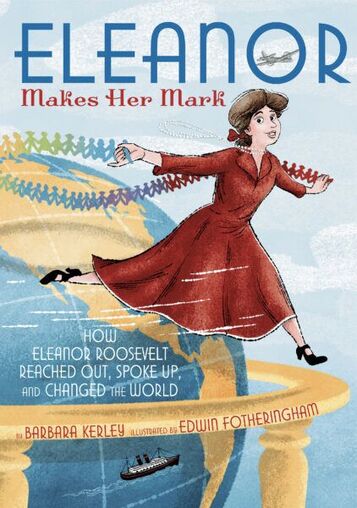 “The purpose of life, after all, is to live it, to taste experience to the utmost, to reach out eagerly and without fear.” This quote greets readers of Barbara Kerley and Edwin Fotheringham’s latest collaboration, Eleanor Makes Her Mark: How Eleanor Roosevelt Reached Out, Spoke Up, and Changed the World. Kerley drops her readers right into the busy preparations for Franklin Delano Roosevelt’s first inauguration, grounding readers in Eleanor’s public identity as the forthcoming First Lady. But then Kerley brings the readers back in time to Eleanor’s unhappy childhood and early adolescent years. Kerley’s characterization of Eleanor builds across the text: shy and quiet girl, engaged intellectual, socialite seeking purpose by teaching calisthenics in settlement houses and researching working conditions in garment factories, and, ultimately First Lady of the United States. As First Lady, Eleanor’s travels continued around the United States and across the Globe as she investigated working conditions, discrimination, and the effects of the devastation of The Great Depression and World War II. Kerley concludes the biography with Eleanor’s position as delegate to the newly formed United States General Assembly, working on the committee that authored the Universal Declaration of Human Rights. Throughout the book, illustrator Edwin Fotheringam works with visual metaphors to emphasize Eleanor’s unflagging energy and her ability to bring people together. In the cover illustration, Eleanor jumps off of a globe, streaming a banner of paper dolls holding hands that trails in her wake. Fotheringham peppers the book with swirling lines of motion, highlighting Eleanor’s boundless verve, vivacity, and constant travel. Fotheringham also continues the hand-holding motif throughout the book to reinforce the ways in which Eleanor Roosevelt brought people together and made them feel seen, heard, and respected. Paper dolls thread through the backgrounds, and Eleanor is often depicted holding hands or connected to the people with whom she is interacting, like one long, human, paper chain. Eleanor Roosevelt’s life work supporting families in under-resourced communities, creating safe working conditions, and promoting world peace has never been more relevant. While we have not lived through the same long-term economic devastation of The Great Depression, the COVID-19 pandemic has created an economic crisis for millions of Americans and billions across the globe. Congress and the White House are engaged in complex conversations and negotiations about the role of government, debating what social programs, safety nets, and infrastructure investments are appropriate in the 21st century; the same kinds of conversations Eleanor Roosevelt engaged in with her husband and their White House staff. The COVID-19 pandemic has revealed how very interconnected our world is, a theme exemplified in the life and work of Eleanor Roosevelt. Using the Investigate, Explore, and Create Model of The Biography Clearinghouse, we offer a range of critical teaching and learning experiences to use with Eleanor Makes Her Mark: How Eleanor Roosevelt Reached Out, Spoke Up, and Changed the World on our site. In our interview with Barbara Kerley and Edwin Fotheringham, you can learn about their research and creating processes. Highlighted here are two ideas inspired by the book. First Ladies and Social Media During our interview, Barb Kerley shared that she found a treasure trove of information about Eleanor Roosevelt’s daily life in archives of Eleanor’s (almost) daily column, “My Day,” which ran in papers across the country from 1935 to 1962. Laughing, Barb suggested that the column was Eleanor Roosevelt’s version of social media. After reading Eleanor Makes Her Mark, leverage Eleanor’s “My Day” column as an opportunity for your middle school students to explore how First Ladies have used the tools at their disposal to communicate directly with the public. To learn more about the column, you can explore the resources of The George Washington University’s Digital Eleanor Roosevelt Papers Project. Read her column by year or search for specific content across the years. After students have had an opportunity to read some columns, have them compare and contrast them with one another. What do they learn about Eleanor Roosevelt, and the circumstances of the world she lived in? How do the columns extend the understanding of Eleanor’s public life they received from Eleanor Makes Her Mark? How do they challenge their understanding? Next, provide students with the opportunity to compare and contrast how the current and most recent First Ladies have used social media to speak with the public. Because some comments on social media are not appropriate for tweens to read, we recommend that you select some tweets from each First Lady and share them with your students. You can choose from First Lady Jill Biden’s (@FLOTUS) Twitter account, former First Lady Melania Trump’s (@MELANIATRUMP) Twitter account or her archived @FLOTUS Twitter account, former First Lady Michele Obama’s current (@MichelleObama) Twitter account or her archived @FLOTUS Twitter account, and former First Lady Laura Bush’s current (@laurawbush) Twitter account. Synthesize the exploration by asking students to compare and contrast what they see as most valuable in the communications they explored. Why is it important for First Ladies--or First Gentlemen, or First Spouses--to communicate directly with the public? What kind of information is valuable for them to share, and why? Creating Diagrams to Add Information Writers and artists often choose to represent information visually with a diagram. Ed Fotheringham talked about his process of researching the floorplans of the White House and deciding how to show the inside of the White House. He ultimately settled on a cut-away diagram that is similar to a cross-section diagram. Diana Aston and Sylvia Long also use diagrams masterfully in their informational books An Egg is Quiet (2006) and A Seed is Sleepy (2007). Explore the power of diagrams to carry information with your students.
Visit The Biography Clearinghouse for several more teaching ideas for Eleanor Makes Her Mark and the other biography units we have on the website! Mary Ann Cappiello teaches courses in children’s literature and literacy methods at Lesley University, blogs about teaching with children’s literature at The Classroom Bookshelf, a School Library Journal blog, and is a former chair of NCTE’s Orbis Pictus Award for Outstanding Nonfiction K-8. Jennifer Sanders is an Associate Professor of Literacy Education at Oklahoma State University, specializing in representations of diversity in children’s and young adult literature and writing pedagogy. She is co-founder and co-chair of The Whippoorwill Book Award for Rural YA Literature and long-time member of CLA. BY AMINA CHAUDHRI AND MARY ANN CAPPIELLO, ON BEHALF OF THE BIOGRAPHY CLEARINGHOUSE “William Still’s records, and the stories he preserved, reunited families torn apart by slavery. Because that’s what stories can do. Protest injustice. Sooth. Teach. Inspire. Connect. Stories save lives.” - Don Tate, from William Still and His Freedom Stories: The Father of the Underground Railroad 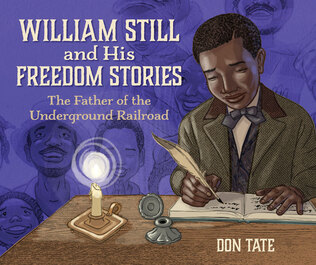 As 2021 begins, we want to acknowledge the continued need to show young people that Black Lives Matter. Part of that responsibility is shifting our curriculum away from a white-centered view of U.S. history and towards a more multifaceted exploration of all of the communities that have lived on this land from prehistory to today. Don Tate’s picturebook biography William Still and His Freedom Stories: The Father of the Underground Railroad, this month’s featured text on The Biography Clearinghouse, is an important text to help make this change in elementary and middle school classrooms. William Still and his Freedom Stories is one of several recent publications that highlights the role of African Americans in the freedom struggle, countering the narrative that freedom from slavery depended on the actions of whites. A precise, linear narrative takes readers through significant events that shaped William Still’s understanding of the world and his role in making it better for African Americans. Readers follow Still from childhood to adulthood, bearing witness to his desire to learn, the grueling labor he endured to earn a living, and eventually, the risks he took to secure freedom for enslaved people and his post-Civil War activism to fight segregation. This deeply-researched and powerfully-illustrated book has layers of curricular potential: as a read aloud, as a mentor text for literacy skill development, as a model of the genre of biography, as an important piece of history, and much more. Operating within the Investigate, Explore, and Create Model of the Biography Clearinghouse, we designed teaching ideas geared toward literacy and content area learning as well as opportunities for socio-emotional learning and strengthening community connections using William Still and His Freedom Stories. Featured here are two teaching ideas inspired by William Still and His Freedom Stories. The first engages students deeply with the text itself - its form and content, and the second extends learning beyond this picturebook to explore multiple sources for inquiry and research.
Advocating for and Learning from 19th Century Black-Authored Texts For far too long, too many students in the U.S. have been taught a white-centered modern history that avoids a close examination of imperialism and the legacy of Europe’s colonial reach. The brutal history of the global slave trade of the 17th - 19th centuries has been marginalized as have the many stories of Black agency, resistance, and liberation. As a consequence, young people - and many adults - have limited knowledge of that history. We need this to change. William Still and His Freedom Stories is one text that helps to make that change. In this teaching idea for middle school students, we leverage the conversations that this book can open with more in-depth research writings of 19th century activists such as William Still and 19th century Black journalists.
Amina Chaudhri is an Associate Professor of Teacher Education at Northeastern Illinois University. She is a reviewer for Booklist and a regular contributor to Book Links. Mary Ann Cappiello teaches courses in children’s literature and literacy methods at Lesley University, blogs about teaching with children’s literature at The Classroom Bookshelf, a School Library Journal blog, and is a former chair of NCTE’s Orbis Pictus Award for Outstanding Nonfiction K-8. Exploring Representation and Advocacy in Government with "What Do You Do with a Voice Like That?"11/3/2020
BY SCOTT RILEY AND MARY ANN CAPPIELLO, ON BEHALF OF THE BIOGRAPHY CLEARINGHOUSE 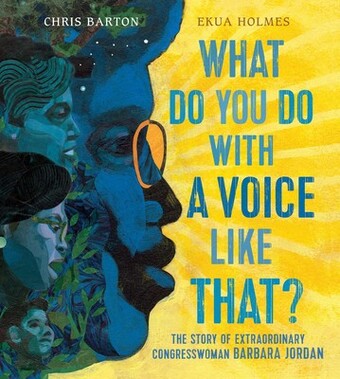 The nation is rattled by a presidential impeachment trial. The economy is held in the grip of a recession. Black Americans demand an end to racism, redlining, and segregated schools. Women insist on equity in the home and in the workplace, control over their finances and their bodies. 2020? No. 1974. The votes cast today, on Election Day 2020, along with the millions of votes cast over the last several weeks, will determine the next president and vice president of the United States of America. Today’s votes will also elect all members of the U.S. House of Representatives and 35 members of the U.S. Senate. How much do our students know and understand about these legislative bodies and the power with which they are endowed? About the people who serve within these institutions? One small way to begin a conversation about these legislative bodies, the legislative process, and the people who fill those seats is with a reading of What Do You Do with a Voice Like That? The Story of Extraordinary Congresswoman Barbara Jordan, written by Chris Barton and illustrated by Ekua Holmes. This 2018 picture book tells the life story of Barbara Jordan, the formidable Congresswoman known for her defense of the Constitution during the 1974 impeachment trial of President Richard Nixon:
Barbara Jordan believed in the Constitution, and she believed in the power of the processes of government to enact change on behalf of the greater good. Throughout What Do You Do with a Voice Like That?, author Chris Barton uses the power and conviction of Jordan’s voice to demonstrate to readers how Jordan worked within the system to advocate for social justice. Through repetition, sentence variety, and precise word choice, Barton captures Jordan’s transition from studious young woman to tireless champion. Ekua Holmes’ mixed-media collages move from intimate close-ups to panoramic views, constantly shifting and changing perspectives to engage the reader in different portraits of Jordan.
By investigating biographers’ research and writing processes and connecting people and historical events to our modern lives, we hope to motivate change in how readers engage with biographies, each other, and the larger world. To see more classroom possibilities and helpful resources connected to What Do You Do with a Voice Like That? The Story of Extraordinary Congresswoman Barbara Jordan, visit the What Do You Do with a Voice Like That? The Story of Extraordinary Congresswoman Barbara Jordan page on The Biography Clearinghouse. Additionally, we’d love to hear how these interviews and ideas inspired you. Email us at [email protected] with your connections, creations, questions, or comment below if you’re reading this on Twitter or Facebook. If you are interested in receiving notifications when new content is added to the Biography Clearinghouse, you can sign up for new content notices on our website. Scott Riley is a middle school instructional coach at Singapore American School where he supports professional learning in and out of classrooms and the debut author of The Floating Field: How a Group of Thai Boys Built Their Own Soccer Field (Millbrook Press 2021). Mary Ann Cappiello teaches courses in children’s literature and literacy methods at Lesley University, blogs about teaching with children’s literature at The Classroom Bookshelf, a School Library Journal blog, and is a former chair of NCTE’s Orbis Pictus Award for Outstanding Nonfiction K-8. |
Authors:
|
|||||||||||||||||||||||||||||||||||||||||||||||||||||||||||
CLA
About CLA
|
Journal of Children's Literature
Write for JCL
|
ResourcesCLA-sponsored NCTE Position Statements
|
Members-Only Content
CLA Video Library
|
© COPYRIGHT 2018.
ALL RIGHTS RESERVED |

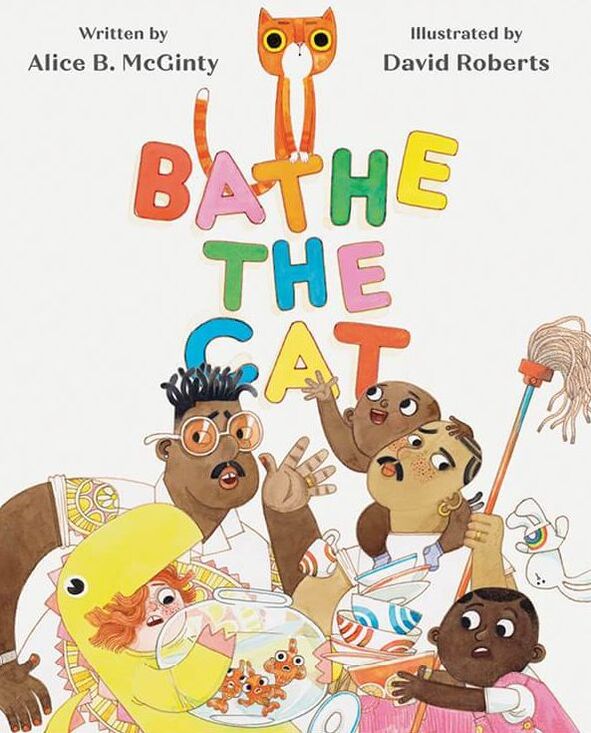
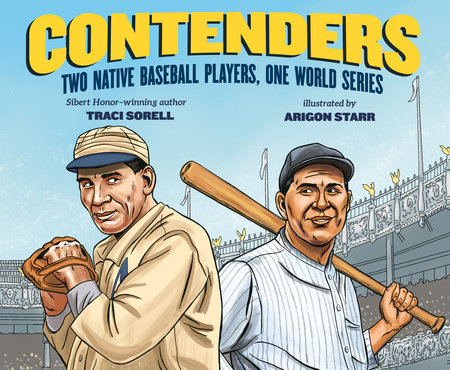
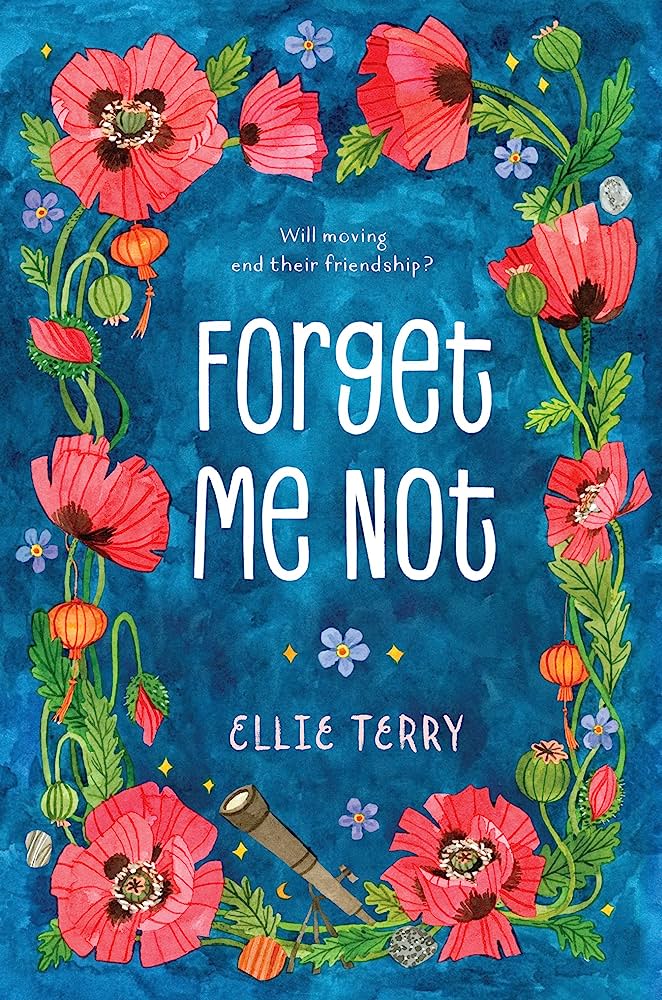
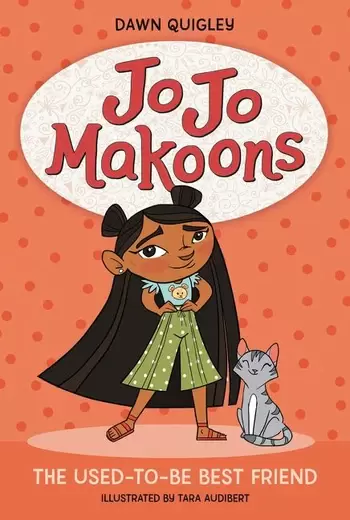
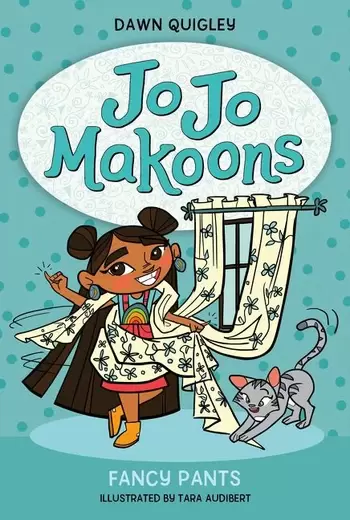
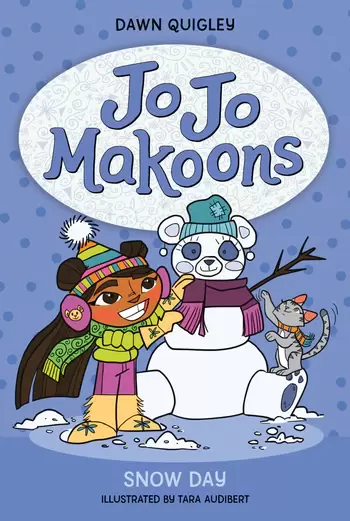
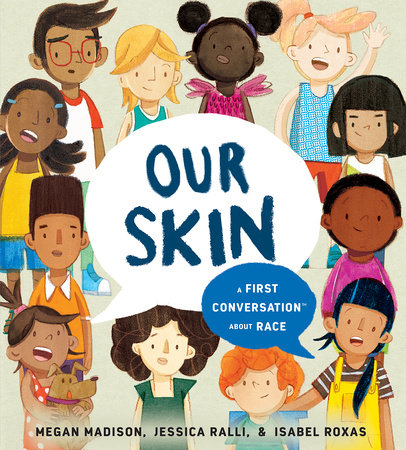
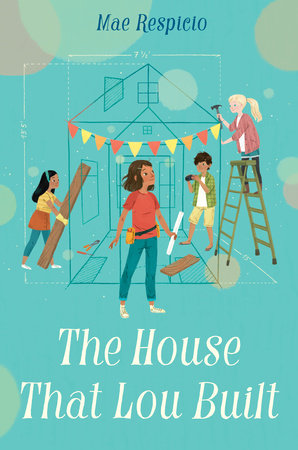
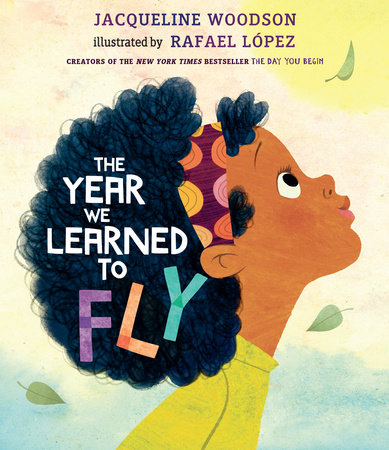
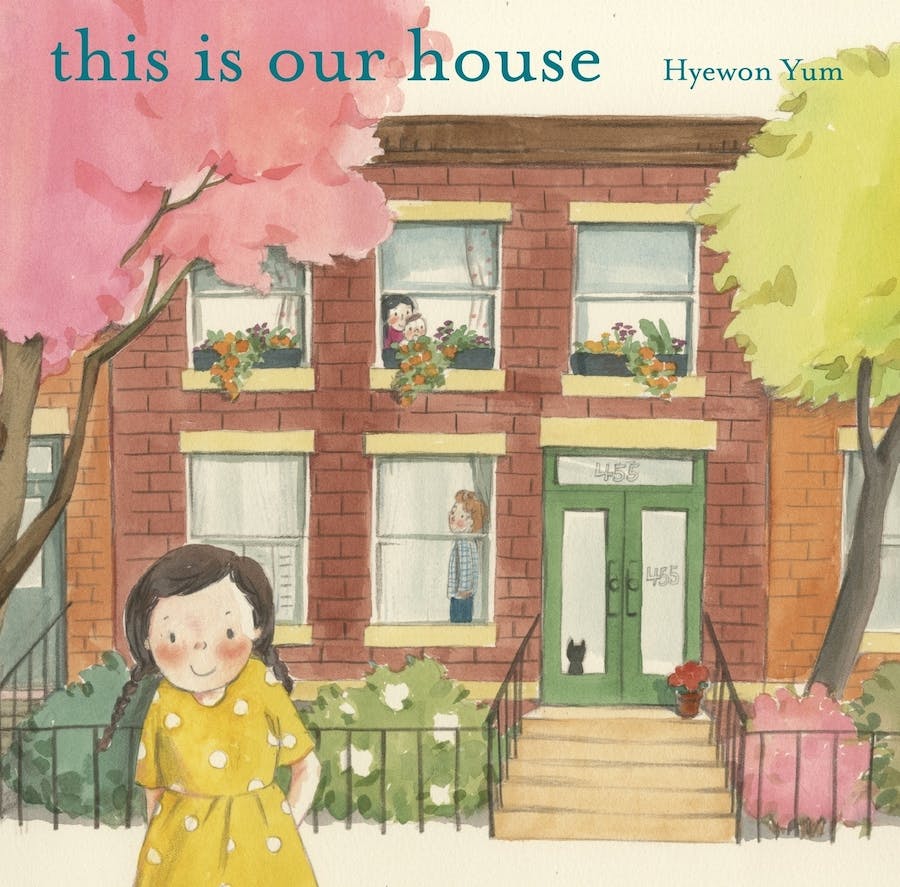
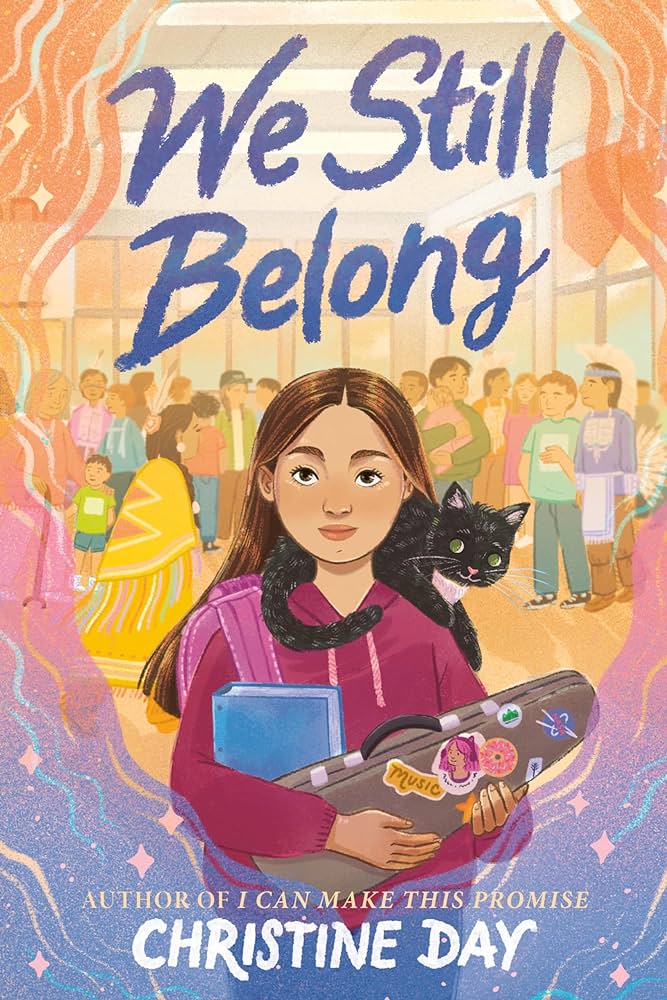
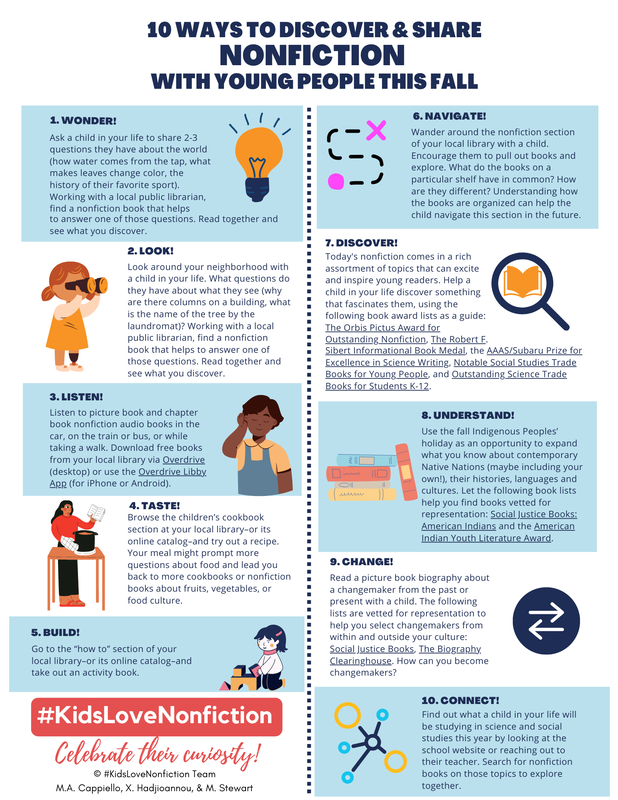

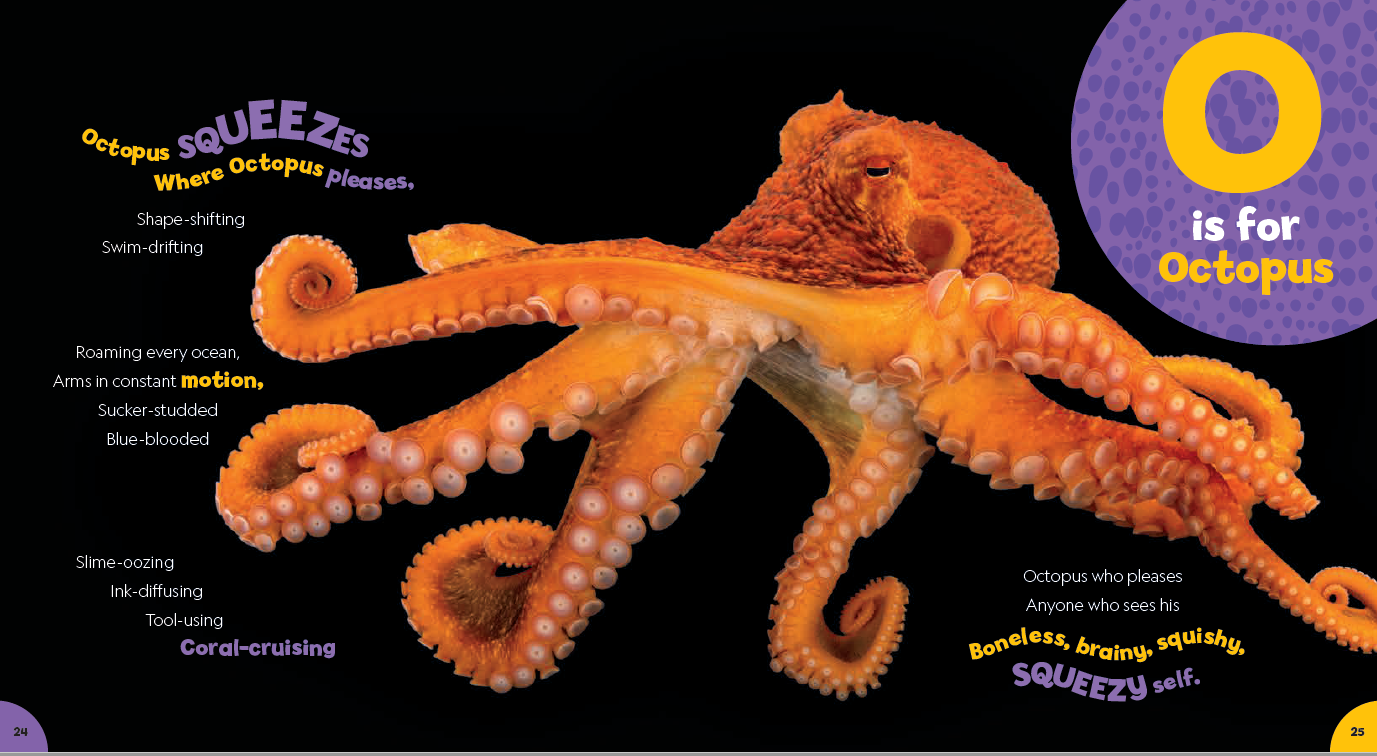
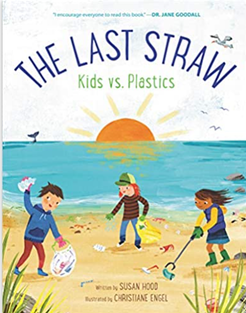
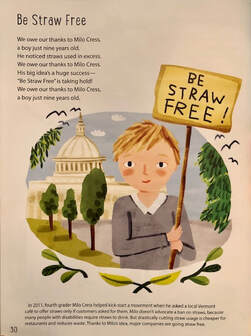
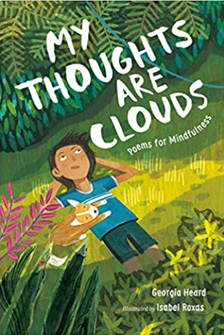
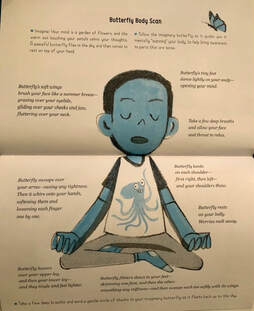
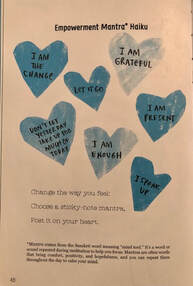
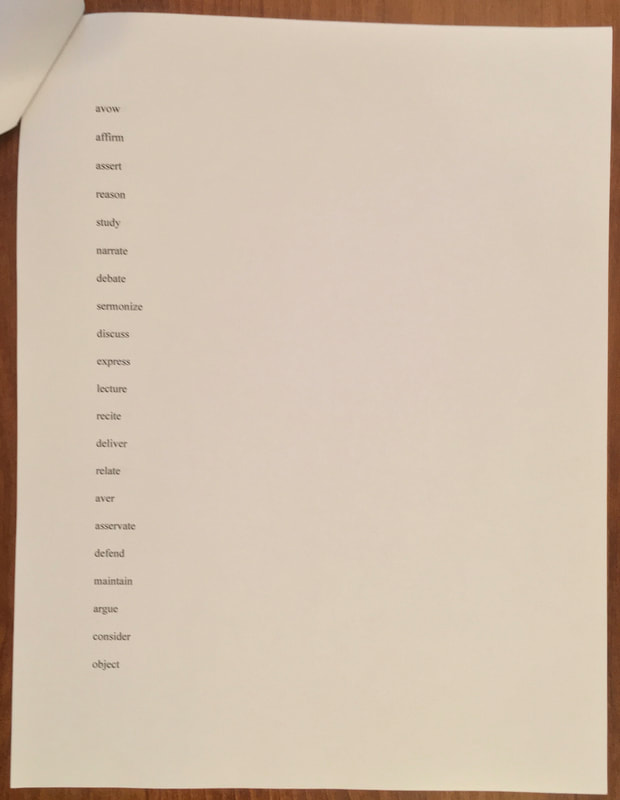
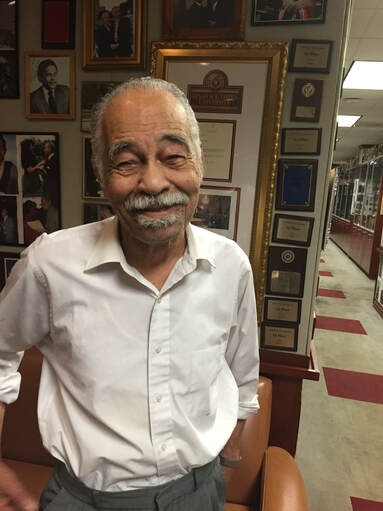
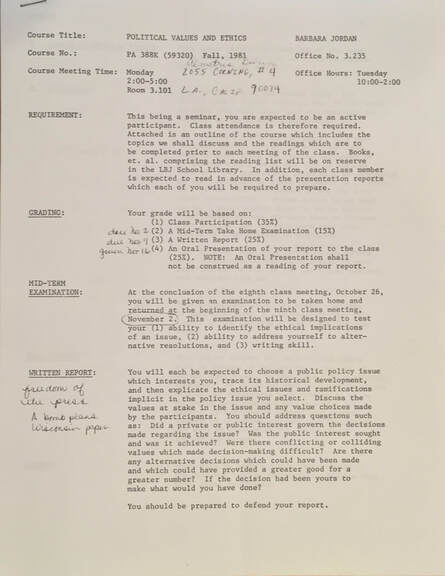
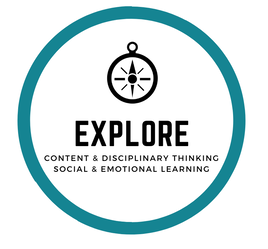
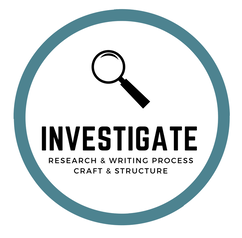
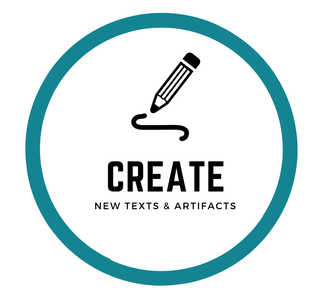

 RSS Feed
RSS Feed